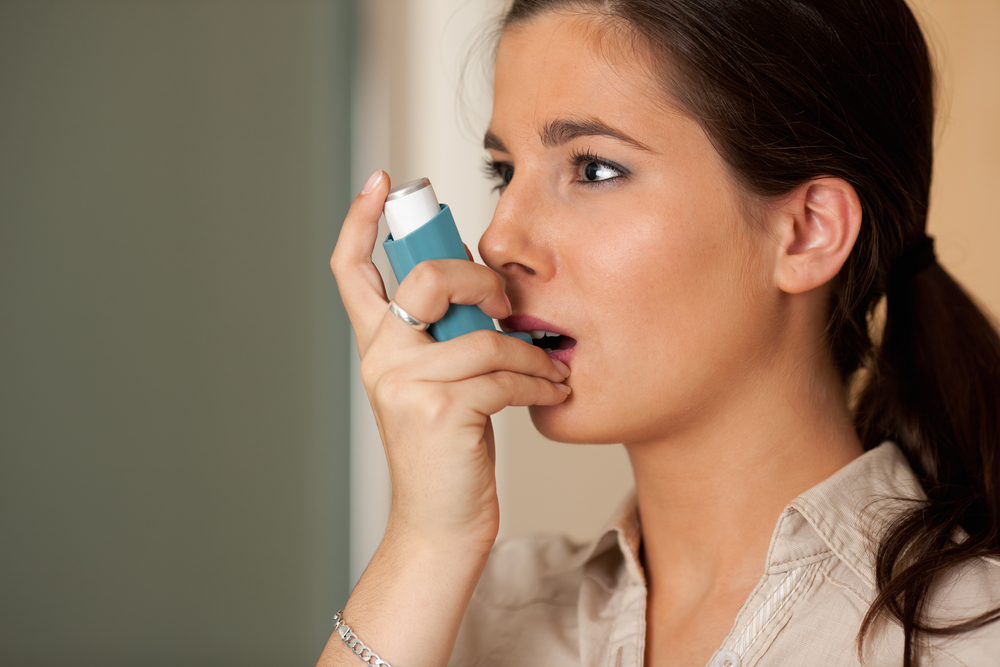According to a recent study, patients with asthma were more physically active than non-asthmatics, and women with higher levels of activity displayed poorer asthma control than equally active men. The study is titled “High levels of physical activity are associated with poorer asthma control in young females but not in males” and appears in the journal Respirology.
“It is important to remember that the high level of activity means nothing extreme — in our patient material every third girl exercised that much,” Ludvig Lövström, from the department of medical sciences and clinical physiology at Uppsala University, Sweden, said in a press release. “Still, we uncovered these results, and with such a distinct sex difference.”
To explore the level of physical activity in young patients with asthma compared with controls and to describe the associations between questionnaire-assessed levels of physical activity and asthma control, the team of researchers examined 408 patients with asthma and 118 without asthma, ages 10 to 34 years. To measure asthma control, all study participants underwent the Asthma Control Test, exhaled nitric oxide test, spirometry and methacholine challenges. Additionally, all study participants responded to questions concerning their physical activity.
The results from the statistical analysis revealed that patients with asthma were more commonly physically active and for longer durations than controls. Highly versus moderately physically active asthma patients had a higher prevalence of poorly controlled asthma (ACT < 20) when physical activity was measured by frequency (40.6% versus 24.1%) or duration (39.0% versus 21.7%).
Among female patients, poor asthma control was found to be associated with higher levels of activity, with women who regularly engaged in physical activity demonstrating poorer asthma control (OR 4.81) than those only moderately active.
Likewise, women with a high duration of physical activity were more likely to have poorer asthma control than female patients with a moderate duration. There were no differences observed in the fraction of exhaled nitric oxide or methacholine reactivity between moderately and highly active women with asthma.
Based on the findings, the researchers indicate that including objective measures of physical activity, and/or questions on type and intensity of physical activity, are needed to understand better the mechanism behind the poorer asthma control seen in this group.

